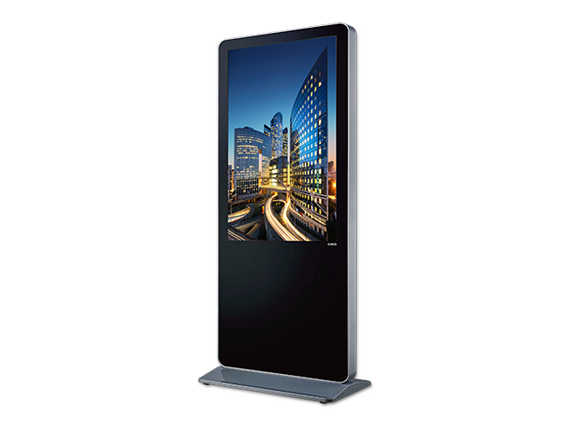Standards:
USB 2.0 Hubs
USB 3.0 (3.2 Gen 1) Hubs
USB 3.2 Gen 2 Hubs
USB Type-C Hubs
Reach out for technical support or sales inquiries and you’ll find yourself in the hands of a solution-oriented and knowledgeable expert ready to answer whatever question you throw at them.


RS-422 is the serial connection historically used on Apple Macintosh computers. RS-422 was designed to allow higher data rates to be transferred over serial data lines than its predecessor, RS-232. With the use of balanced transmission techniques, RS-422 is able to provide up to 10 Mbps of data at up to 50 ft (15.24 meters)
RS-422 is much more resilient to noise as it uses both differential transmitters and receivers, making it a better fit for industrial applications.
Even though RS-232 has been the more popular standard for serial data, RS-422 is being used more widely due to the higher speeds. In addition, RS-422 can be used almost interchangeably with RS-232, providing another advantage.
1. Transmitted Data –
2. Transmitted Data +
3. Request to Send –
4. Request to Send +
5. Ground
1. Transmitted Data –
2. Transmitted Data +
3. Request to Send –
4. Request to Send +
5. Ground
TXD-
TXD+
RTS-
RTS+
GND
TXD-
TXD+
RTS-
RTS+
GND
6. Received Data –
7. Received Data +
8. Clear to Send –
9. Clear to Send +
6. Received Data –
7. Received Data +
8. Clear to Send –
9. Clear to Send +
RXD-
RXD+
CTS-
CTS+
RXD-
RXD+
CTS-
CTS+
RS-422: industrial environments that require only one bus master (driver). Typical applications include process automation (chemicals, brewing, paper mills), factory automation (metal fabrication), HVAC, security, motor control, and motion control.
Maximum data speed and cable length aren’t the only differences between RS-422 and RS-232. RS-232 was designed as an interface between computers and devices with modems. RS-422 allows a direct connection of intelligent devices, without the use of modems.
The RS-422 standard uses a four conductor cable to allow for the differential driver to be used. Additionally, up to ten receivers can be placed on a single cable, allowing for a multi-drop network topology.



